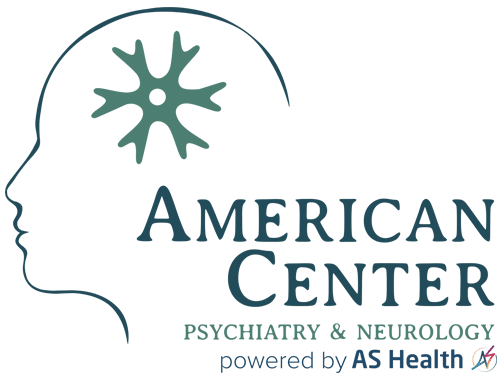Symptomatology of Blepharospasm
Blepharospasm is a focal dystonia characterized by excessive involuntary contraction of the orbicularis oculi muscles, leading to repetitive blinking or sustained closure of the eyelids.1
- Blepharospasm usually begins gradually with excessive blinking and/or eye irritation.2
- Blepharospasm consists of abnormal blinking, or eyelid tic or twitch resulting from any cause, ranging from dry eye to Tourette’s syndrome to tardive dyskinesia.
Blepharospasm may be accompanied by cervical dystonia. It can also occur with dystonia affecting the mouth and/or jaw (oromandibular dystonia, Meige syndrome). In such cases, spasms of the eyelids are accompanied by jaw clenching or mouth opening, grimacing, and tongue protrusion.
Benign essential blepharospasm, as distinguished from the less serious secondary blinking disorders, is both a cranial and a focal dystonia.
Blepharospasm can be triggered by exposure to bright lights, watching television, reading, driving, fatigue, and emotional tension.
Contractions may be ameliorated by concentrating on a specific task2 or by using sensory tricks such as touching the forehead or the eyebrow or talking.
As blepharospasm progresses, it may occur frequently during the day. The spasms disappear in sleep and may not appear until several hours after waking.
As blepharospasm progresses further, the spasms may intensify to the point that the patient is functionally blind; the eyelids may remain forcibly closed for several hours at a time.
Epidemiology of blepharospasm
- Age of onset is typically in the fifth or sixth decade.
- Women are more than 2 times more likely to be affected than men and are typically older at onset.
Etiology of blepharospasm
- Primary, essential, or idiopathic blepharospasm, often referred to as benign essential blepharospasm, is not associated with any known etiology.
- Prior head trauma with loss of consciousness, family history of dystonia, and prior eye disease may also increase the risk of developing blepharospasm.
- Dry eye may precede and/or occur concomitantly with blepharospasm and/or trigger the onset of blepharospasm in susceptible persons.
Blepharospasm treatment options
- OnabotulinumtoxinA is a treatment of choice for blepharospasm.
- Treatment alternatives may include trihexyphenidyl, clonazepam, baclofen, and tetrabenazine.
- Patients unresponsive to medications are candidates for myectomy of the eyelid protractors.


